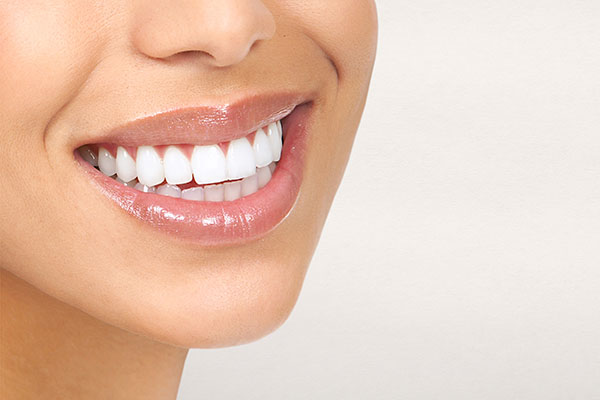 Dental bonding is a perfect idea to try if you require minor smile enhancements. Dental bonding is a fast, simple, and affordable way to enhance the appearance of your teeth while still protecting them from more damage if they have a chip or crack. This article talks about what makes dental bonding a great choice as a dental restoration procedure.
Dental bonding is a perfect idea to try if you require minor smile enhancements. Dental bonding is a fast, simple, and affordable way to enhance the appearance of your teeth while still protecting them from more damage if they have a chip or crack. This article talks about what makes dental bonding a great choice as a dental restoration procedure.
An overview of dental bonding
Dental bonding is a restorative dentistry technique that involves applying a tooth-colored composite material to a tooth, shaping it, hardening it, and polishing it. Since the substance adheres to the tooth, it is called bonding. Dental bonding is suitable for minor dental issues, including repairing a chipped or missing tooth or closing small spaces between teeth. Since it is more aesthetically pleasing than silver fillings, the composite in dental bonding is often used as a tooth-colored filling for minor cavities.
The bonding procedure
The dentist will first use a mild phosphoric acid to roughen and etch the surface of the teeth, which will help the adhesive agent adhere. This procedure is not painful. The putty-like bonding agent is then molded and sculpted on the tooth's surface. To harden and set the substance, the dentist will use a special light. For an appealing finish, the material is brushed and buffed.
Patients should note that, while bonding has many uses, it is most effective when dealing with minor dental problems. The dentist may use this procedure to restore a tooth's stability, function, and appearance in these cases. On the other hand, more serious dental problems may demand a different approach to obtain the best possible outcomes.
The natural teeth structure is preserved
Dental bonding remains one of the most cost-effective and conservative tooth restoration choices. Other treatments, such as porcelain veneers, necessitate removing part of the natural tooth structure to ensure the proper placement. The tooth structure is preserved with dental bonding.
As mentioned earlier, the dentist will roughen the surface of your teeth before the bonding process to allow the resin substance to bind correctly to your tooth. Compared to other choices, this has a much lower effect on the tooth structure. Patients may also notice reduced tooth sensitivity as a result.
Aesthetically appealing results
A dental restoration should serve two purposes: restore the tooth's health and function and produce stunning results that complement your smile. When fixing one of the front teeth that are noticeable when smile, the second purpose is especially significant. For the bonding procedure, the dentist will use the best composite resin materials. These products are designed to imitate many of the properties of natural teeth, resulting in a stunning cosmetic result that would go unnoticed by most people.
Since dental bonding requires some creative ability for the best aesthetic outcomes, it is critical to find a dentist familiar with the technique. Patients can ask to see before and after pictures of the dentist's former dental bonding patients to know what to expect.
In conclusion
Although dental bonding is not suitable for every case, it can be a simple and reasonably inexpensive way to enhance your smile. Reach out to the dental office to learn more about its applications.
Request an appointment or call Gentle Touch Dental Care at 718-924-2387 for an appointment in our Forest Hills office.
Related Posts
Dental bonding can address cosmetic and structural issues that affect teeth. The treatment involves applying a composite resin to the patient’s teeth and shaping the composite as needed. The composite blends in with the rest of the person’s teeth, which ensures that any repairs performed look natural.The process of dental bonding does not cause any…
Dental bonding is not a permanent solution. This is in contrast to dental veneers, which are considered a permanent solution and are used for similar reasons as dental bonding. However, dental bonding can last for several years if the teeth are cared for properly.The following discussion highlights what the dental bonding procedure involves and why…
Dental bonding is a form of restorative treatment used to repair damaged enamel and fix cosmetic concerns such as gaps between teeth or uneven teeth. There are many benefits of dental bonding when used to repair damaged enamel, and it is safe for patients and does not harm the teeth in any way.There are certain…
